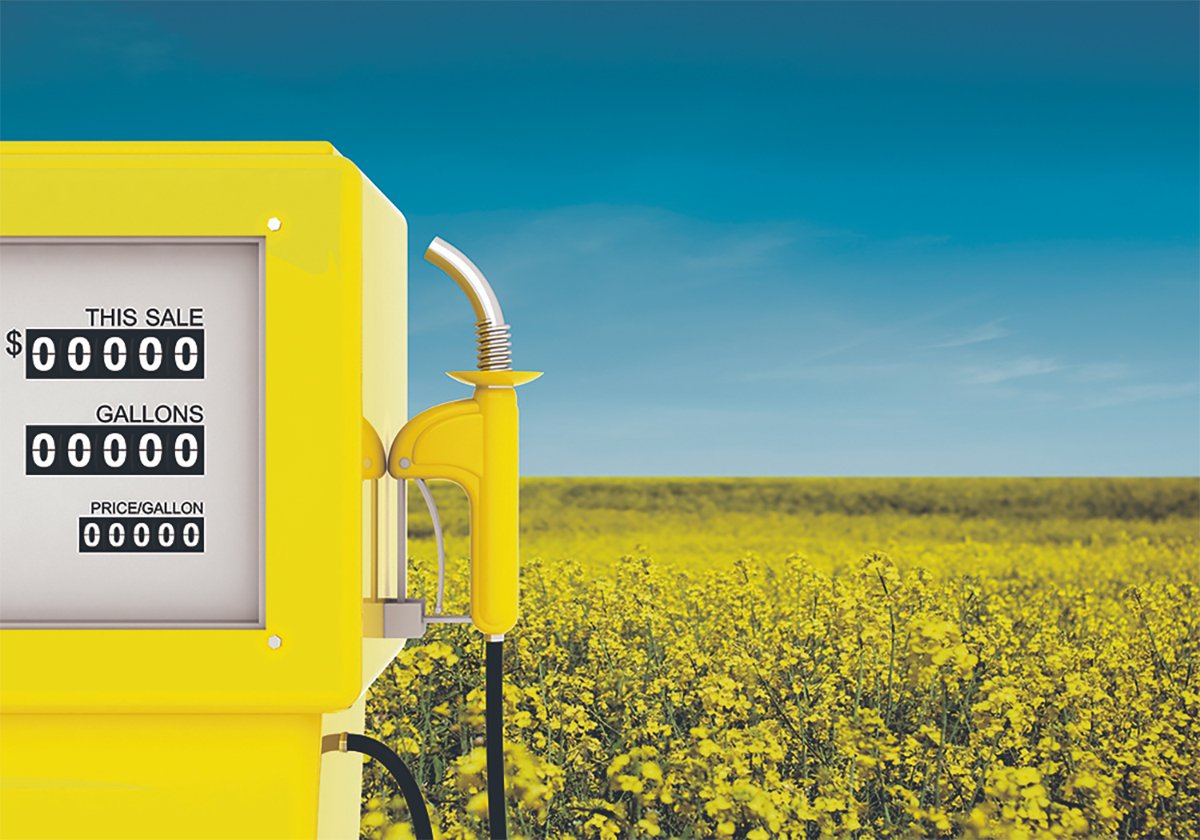Prompted by strong price forecasts and low inventories, prairie farmers are expected to seed 20 percent more acres to durum this spring than they did a year ago.
As a result, they’re expected to harvest about 800,000 tonnes more than they did in 2006.
Despite that sizable increase, durum supplies will remain tight, supporting higher prices in the coming year.
“The situation in North America is such that stocks are tight and will remain tight in the next year,” said Canadian Wheat Board market analyst Jason Newton.
Read Also

Biofuel sector happy with federal budget
Advanced Biofuels Canada says new Biofuel Production Incentive is a lifeline until CFR amendments are in place.
That could set the stage for further price increases, depending on how this year’s crop develops.
“There will be considerable sensitivity to any kind of supply shocks in quantity or quality, so the weather this summer will be key, as usual,” he said.
The CWB’s latest Pool Return Outlook projects a final return of $243 a tonne for No. 1 CWAD 14.5 percent protein in 2007-08. That works out to a Saskatchewan farmgate price of around $5.20 a bushel.
Meanwhile the PRO for the 2006-07 crop year is $230 a tonne, or about $4.84 a bu. at the Saskatchewan farmgate.
Based on the PRO, the premium for durum over hard red spring wheat will be $15 a tonne next year, compared with $7 in the current marketing year.
Normally, the higher production forecast for 2007 would mean lower prices. However, the expected increase represents a return to more normal production levels after a below average 2006 crop of 3.8 million tonnes.
As a result of that small crop, there just isn’t that much durum around.
Carryout stocks at the end of 2007-08 are projected by Agriculture Canada to drop to 1.6 million tonnes, compared with 1.9 million tonnes at the end of this crop year and 3.3 million tonnes last year.
Total supplies for 2007-08 are forecast to be 6.5 million tonnes, down from 7.1 million in 2006-07 and 8.4 million last year.
Plantings in the United States, meanwhile, are expected to be up marginally this year to 1.9 million acres.
Those tight supplies, combined with steady demand for Canadian durum in the U.S. and North Africa, translate into strong prices.
Agriculture Canada projects durum exports of four million tonnes next year, down from this year’s record 4.4 million. In January and February, there was speculation that drought in North Africa could result in a big increase in demand. However, timely rains in Algeria and Tunisia saved the crop and put a damper on projected imports into the region.
“They’ve had three years of fairly decent production in North Africa, so demand will be pretty flat,” said Newton.
Total world trade is expected to be about 7.8 million tonnes, with Canada holding a market share of around 51 percent.














